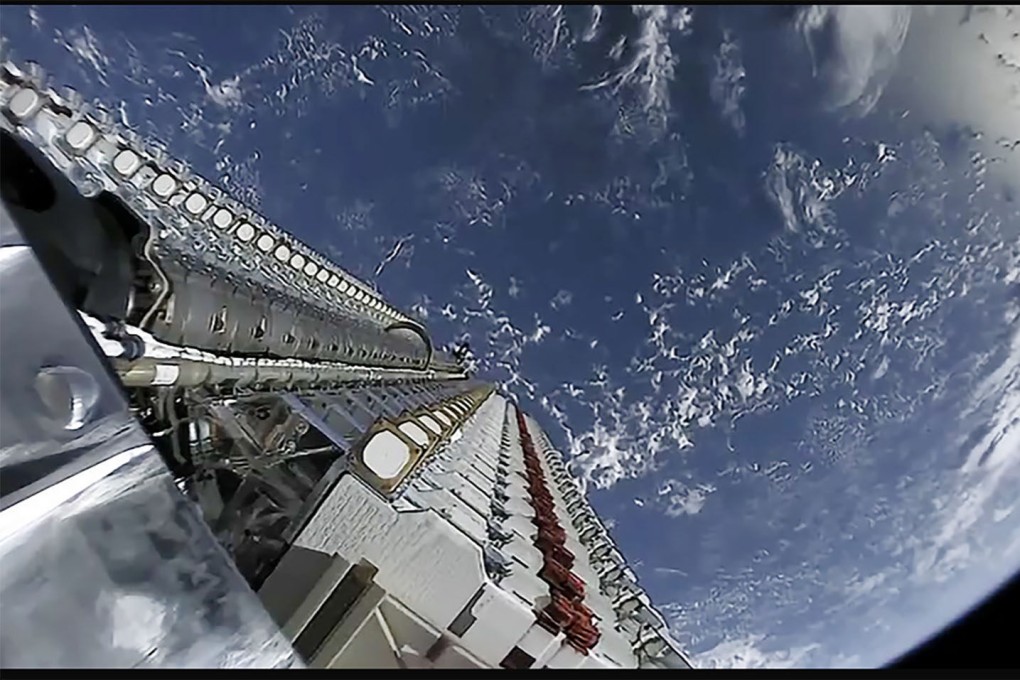The military race for low Earth orbit satellites – and why China is behind
- Private companies are lining up in the West to provide fast and reliable LEO internet services for the defence sector
- China’s reliance on the state system holds the country back, analyst says

Starlink has become such an essential service that Ukraine’s aerial reconnaissance unit has reportedly used it to control surveillance drones and lead artillery units to Russian vehicles.
Like the 1991 Gulf war, the conflict in Ukraine has highlighted the importance of satellite communications to the military. But whereas the US military’s campaign against Iraq was guided by geostationary systems, today’s technology is closer to the ground and has some big advantages.
LEO satellite systems promise faster and more reliable internet services than their higher-orbit counterparts and SpaceX is one of a number of private Western tech firms aiming to capitalise on those advantages for military use.
From Germany to Canada and the United States, corporate players are either eyeing the potential of the market or are already players.
But China is late to the game in what is shaping up to be an essential technology. Although Beijing has designated LEO satellite internet as a “new infrastructure”, the focus has been economic rather than for defence.